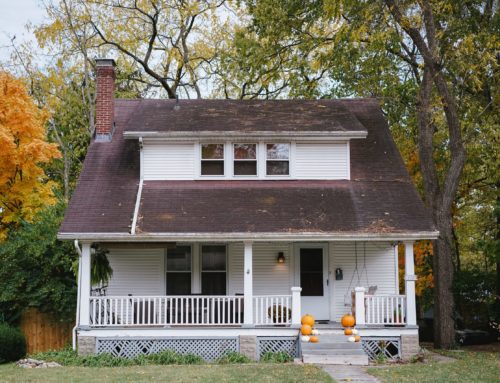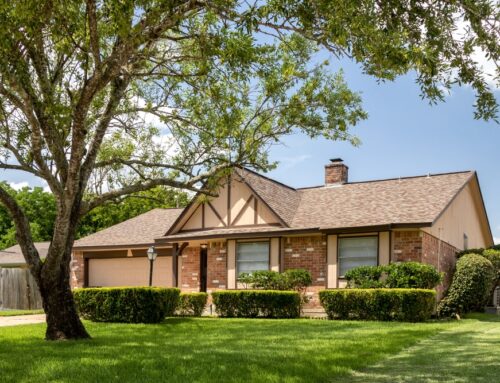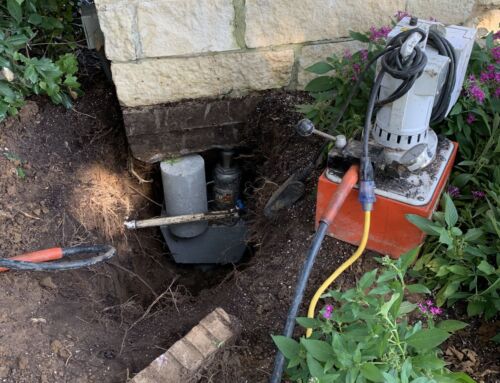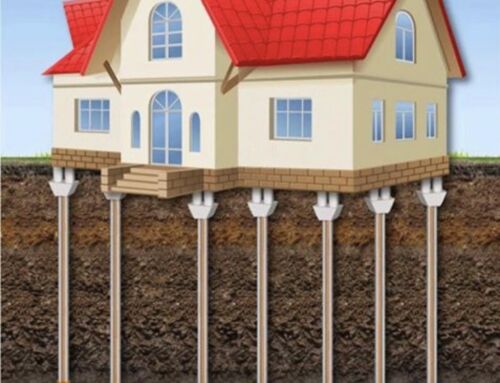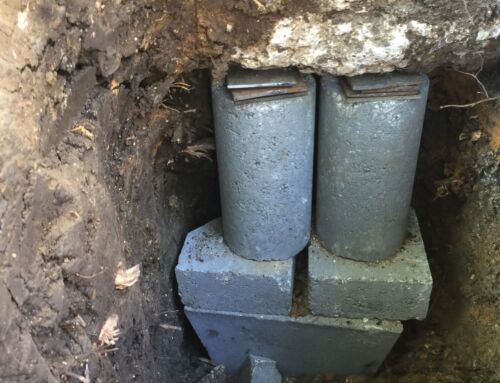Have you recently noticed doors that won’t close properly, or new cracks in your walls or foundation and wondered, “Why is my house shifting?” You’re not alone. These are common symptoms homeowners observe when their foundation is affected by soil movement beneath their home. In this blog, we delve into how soil movement causes foundation damage, the types of soil that are most problematic, and effective strategies to mitigate these issues, as outlined by the experts at Discount Foundation Repair.
The Root of the Problem: Soil Movement
Soil movement, often referred to as soil expansion and contraction, is a primary culprit behind foundation damage. This phenomenon occurs as the moisture content in the soil changes – the soil expands when it absorbs water and contracts as it dries out. This cyclical process exerts fluctuating pressures on your foundation, leading to shifting, cracking, and, in severe cases, structural damage.
Types of Soil and Their Impact
- Clay Soils: Known for their expansive properties, clay soils pose the most significant risk. They can swell substantially when wet, exerting excessive pressure against foundation walls. Upon drying, their contraction can remove support from beneath the foundation, leading to settling and cracking.
- Sandy and Loamy Soils: While generally more stable than clay soils, sandy and loamy soils can still shift, particularly if they experience extreme changes in moisture or if they were not properly compacted during the construction process.
- Silt Soils: Silt soils, while not as expansive as clay, can still retain a high moisture content, leading to potential foundation issues if drainage around the property is not adequately managed.
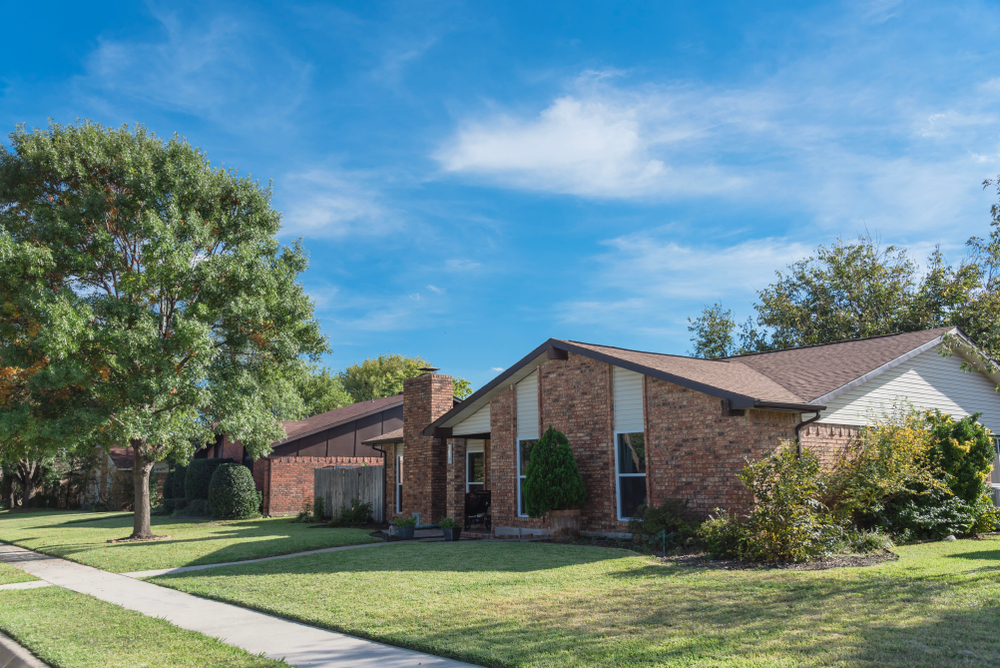
Recognizing the Signs of Soil-Related Foundation Damage
Identifying the early signs of soil-related foundation damage is crucial for any homeowner. This damage typically stems from changes in the soil’s moisture content, leading to expansion, contraction, and ultimately, shifting of the ground your home rests on. Being vigilant about the following signs can help you catch foundation issues early, potentially saving you from extensive and costly repairs down the line.
- Visible Cracks in Foundation and Walls: One of the most obvious indicators of foundation issues is the appearance of cracks. These can manifest in the foundation itself, either as small hairline fractures or larger, more noticeable gaps. Cracks might also appear on interior walls, especially near doors and windows, or in the corners of rooms. While not all cracks indicate severe problems, their presence is a signal that your foundation could be under stress.
- Doors and Windows That Stick or Won’t Close Properly: If doors or windows that used to open and close smoothly are now sticking or jamming, it could be due to your house settling unevenly or shifting. This misalignment, often a result of foundation movement, affects the frames, making them no longer square.
- Uneven or Sloping Floors: Floors that feel uneven underfoot or visibly slope in one direction can indicate that part of your foundation is sinking or settling differently from the rest of the house. Use a level to check if floors are sloping – even a slight gradient can be a warning sign.
- Gaps Around Exterior Doors or Windows: Similarly, if gaps start appearing around the exterior of your doors or windows, it suggests that the foundation may have moved. These gaps can vary in size and may widen as the issue progresses.
- Water Pooling or Soil Separation from the Foundation: Changes in the landscape around your home can also hint at foundation problems. If you notice water pooling near your foundation or soil pulling away from the foundation walls, it’s a sign that the ground moisture levels are fluctuating significantly, potentially causing or exacerbating foundation movement.
Recognizing these signs and understanding their implications is the first step in addressing potential foundation issues.

